

I don’t think that necessarily takes away from the grandeur of something. If you want something truly ancient and out-of-touch, you can easily just set it 15,000 years ago instead of 1,500 and no player will bat an eye or even notice, and the elves’ lifespan gives an easy ‘this is why they remember and are still more knowledgeable with this ancient civilization than other races’.
It’s also not any less awe-inspiring to have people who lived in an important time period. We still have living veterans of WW2, and WW2 is no less important or intriguing (as evidenced by the number of historian hobbyists who love to talk about all the details of WW2).


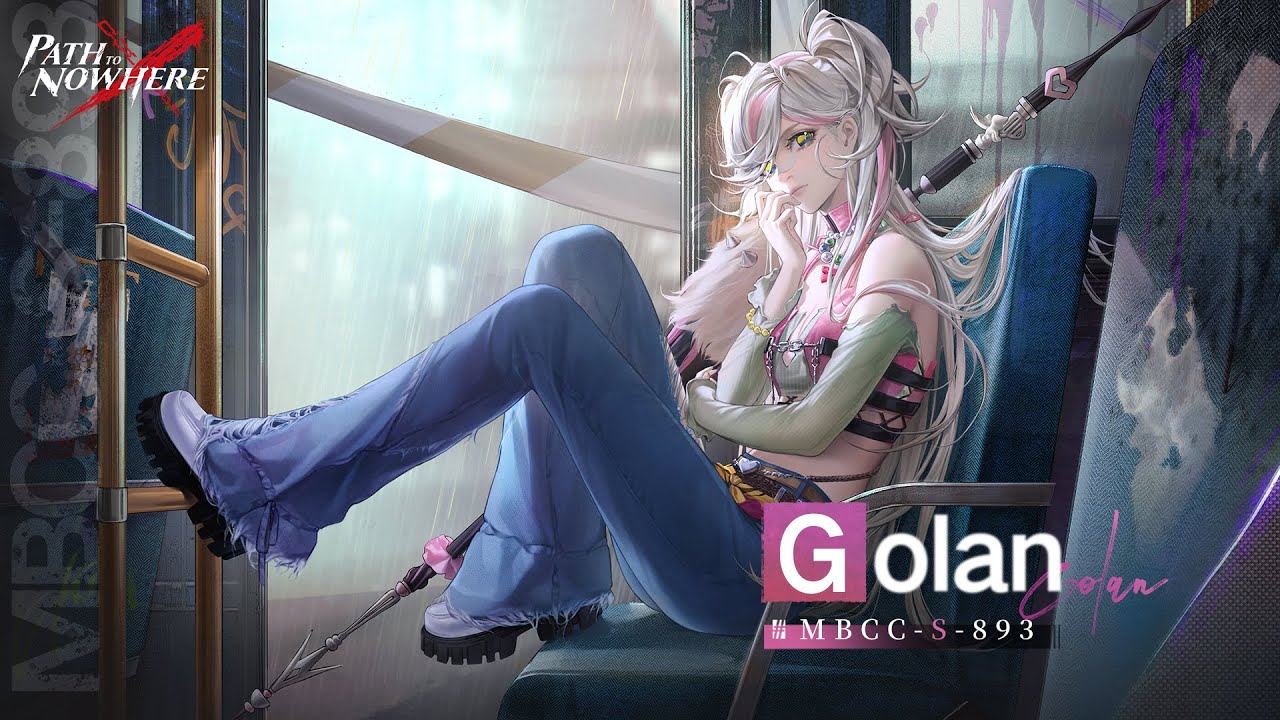
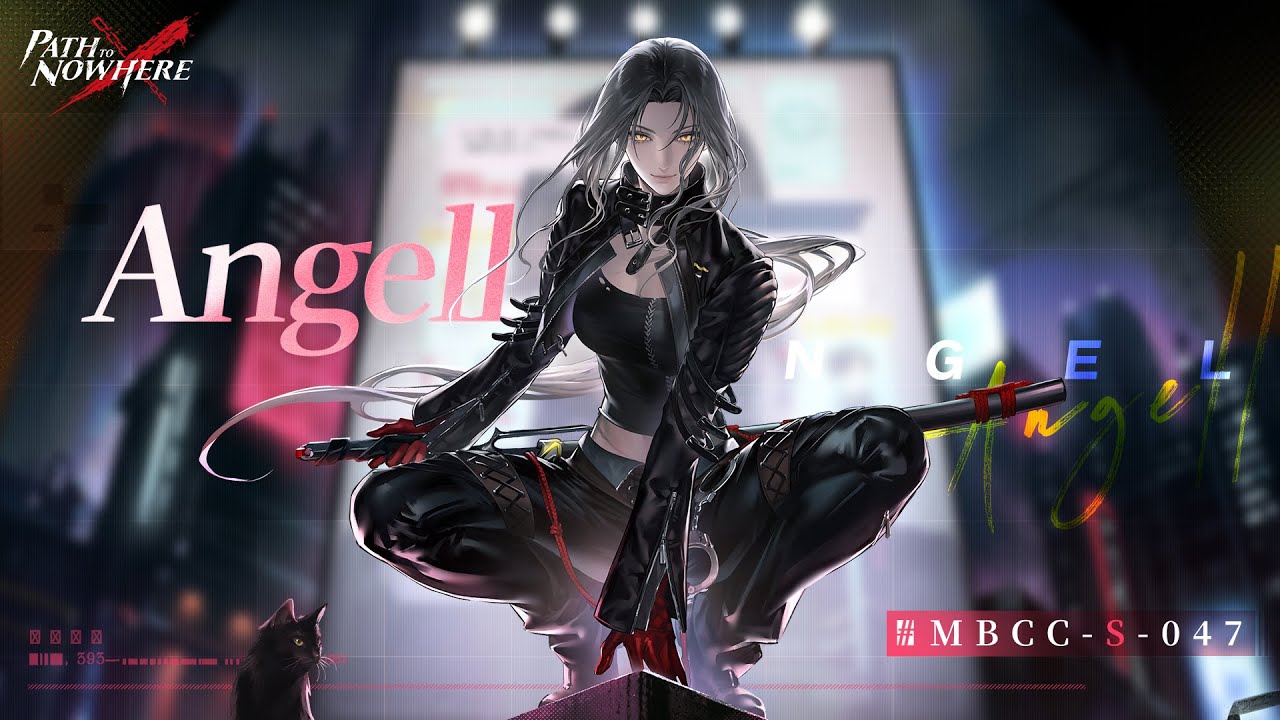
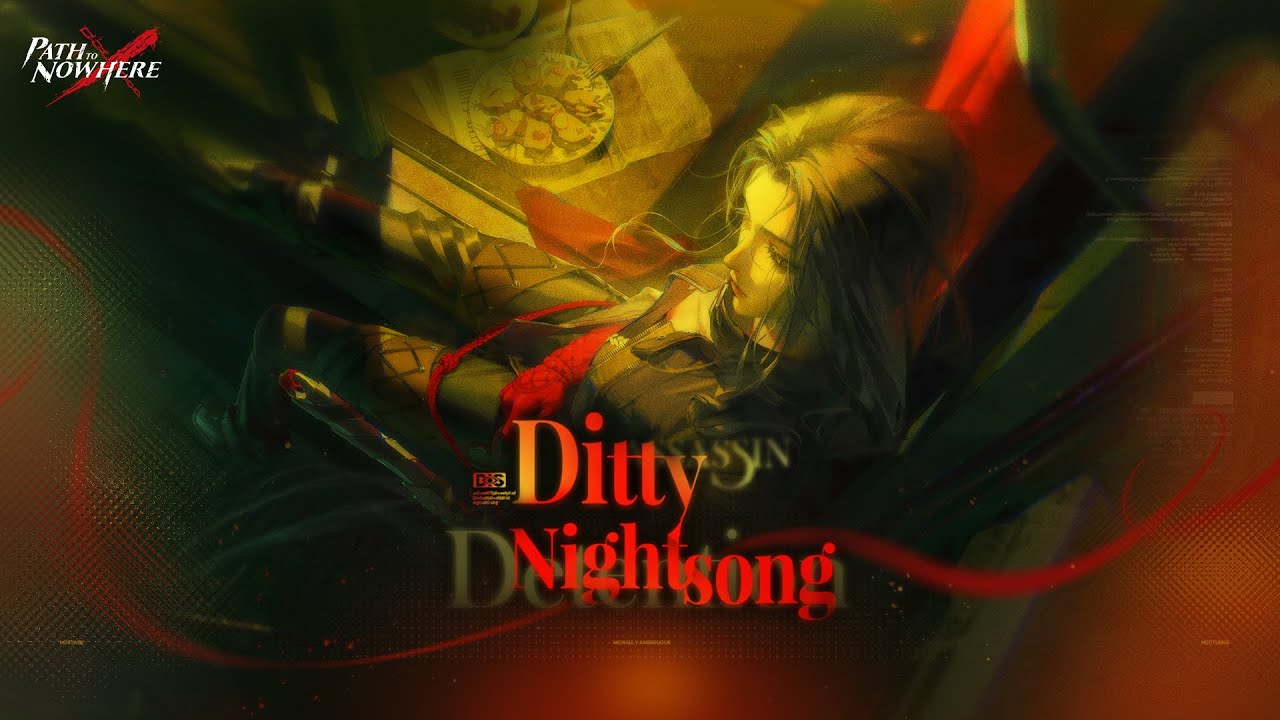


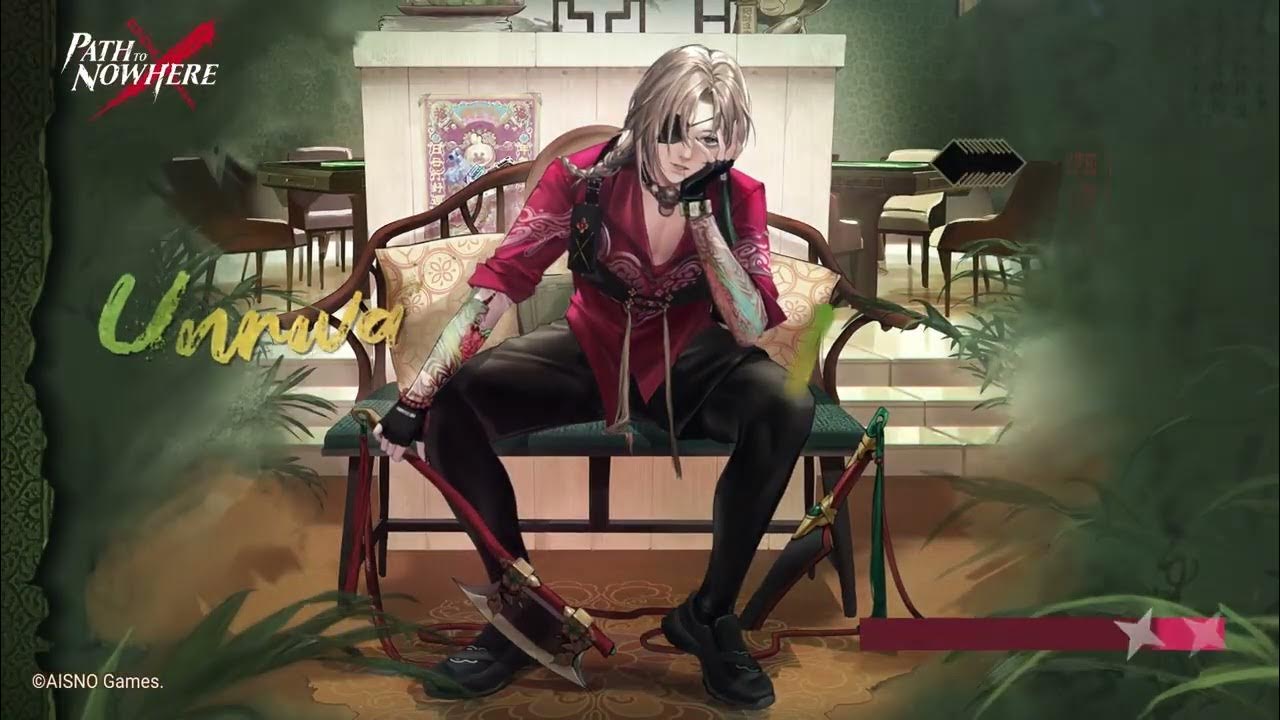
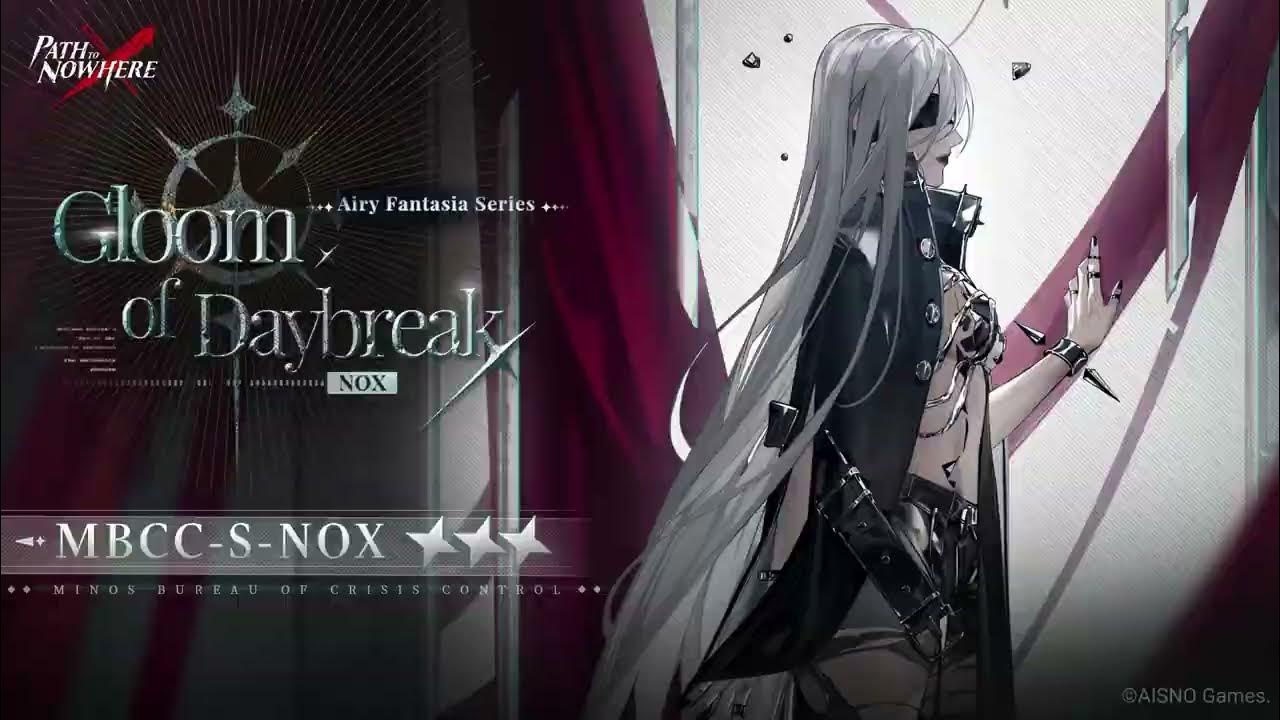
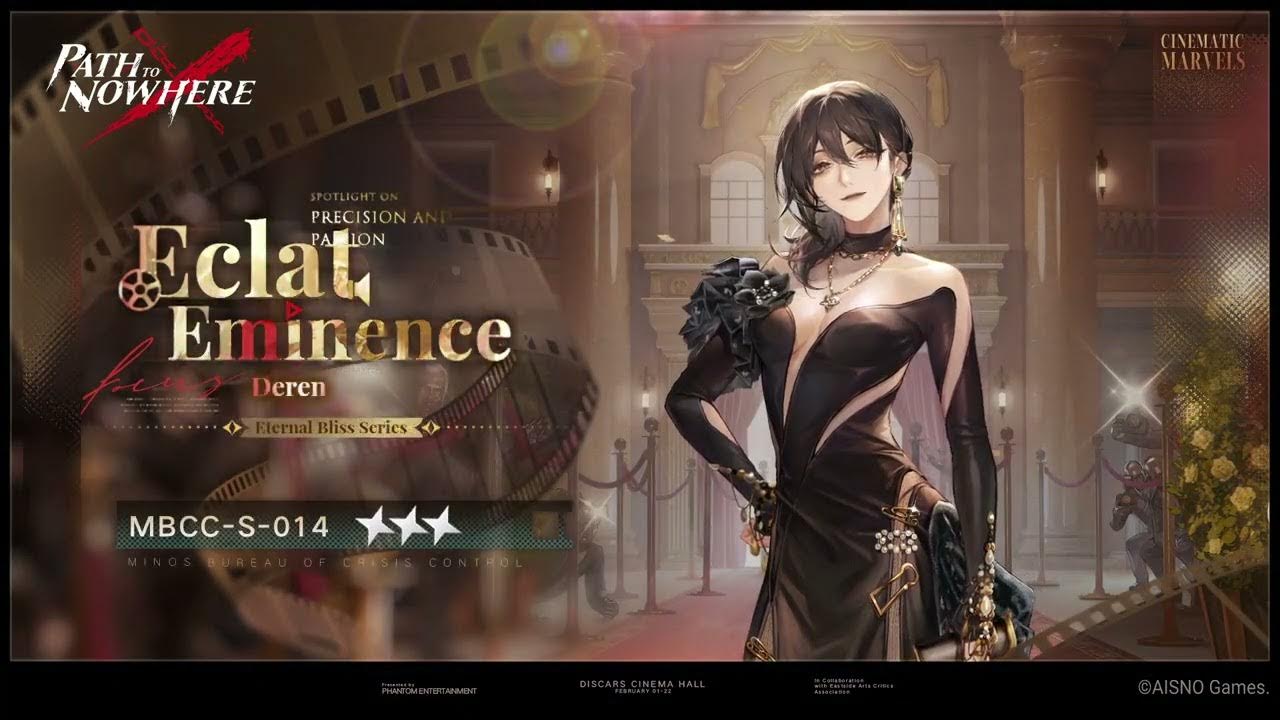

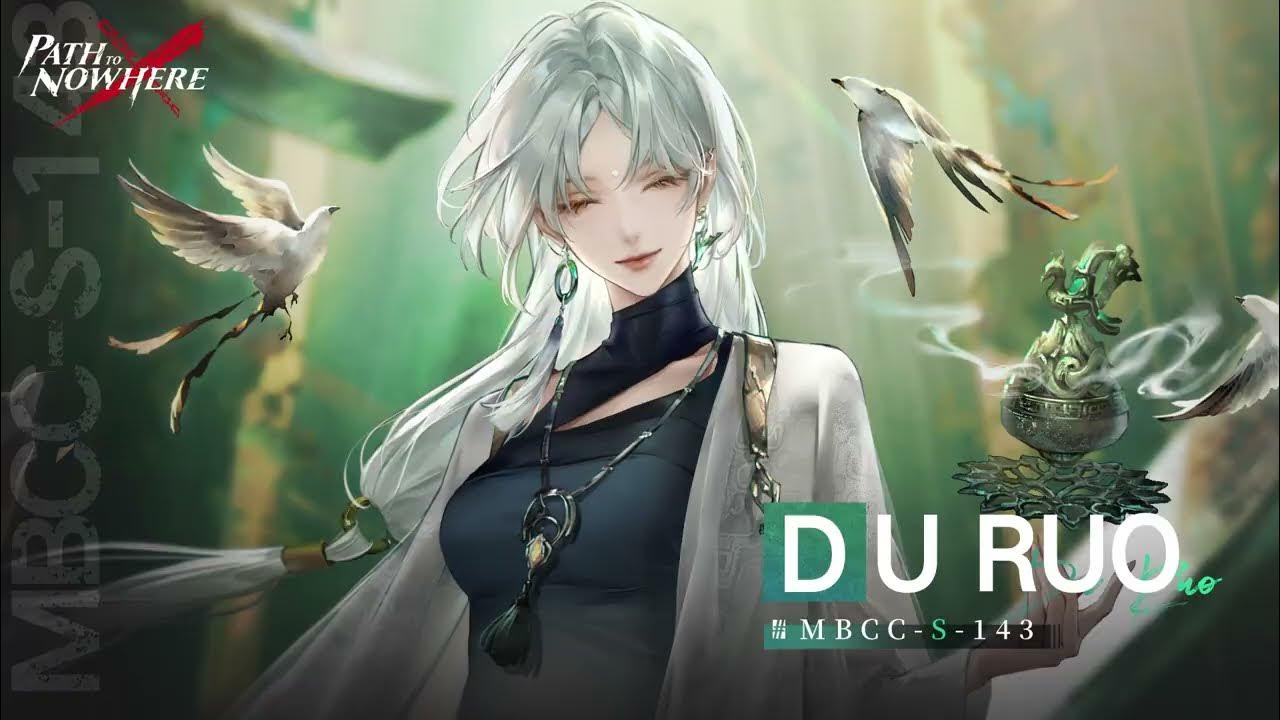
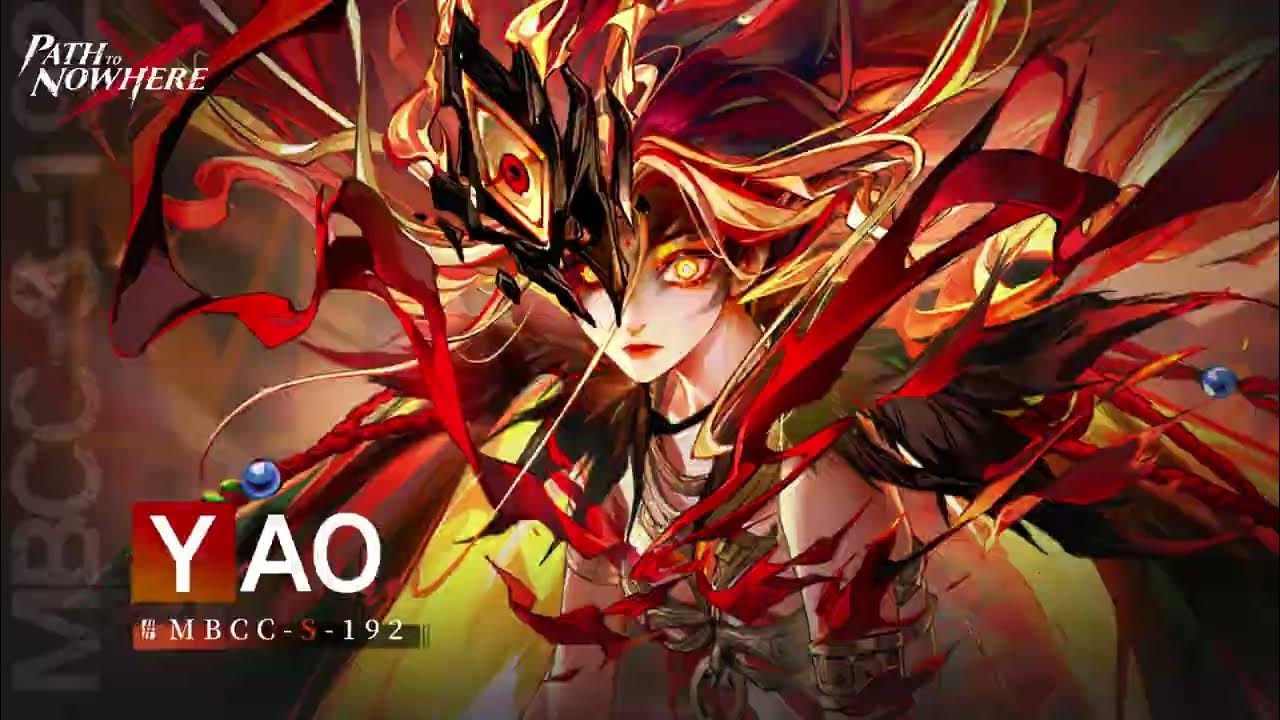
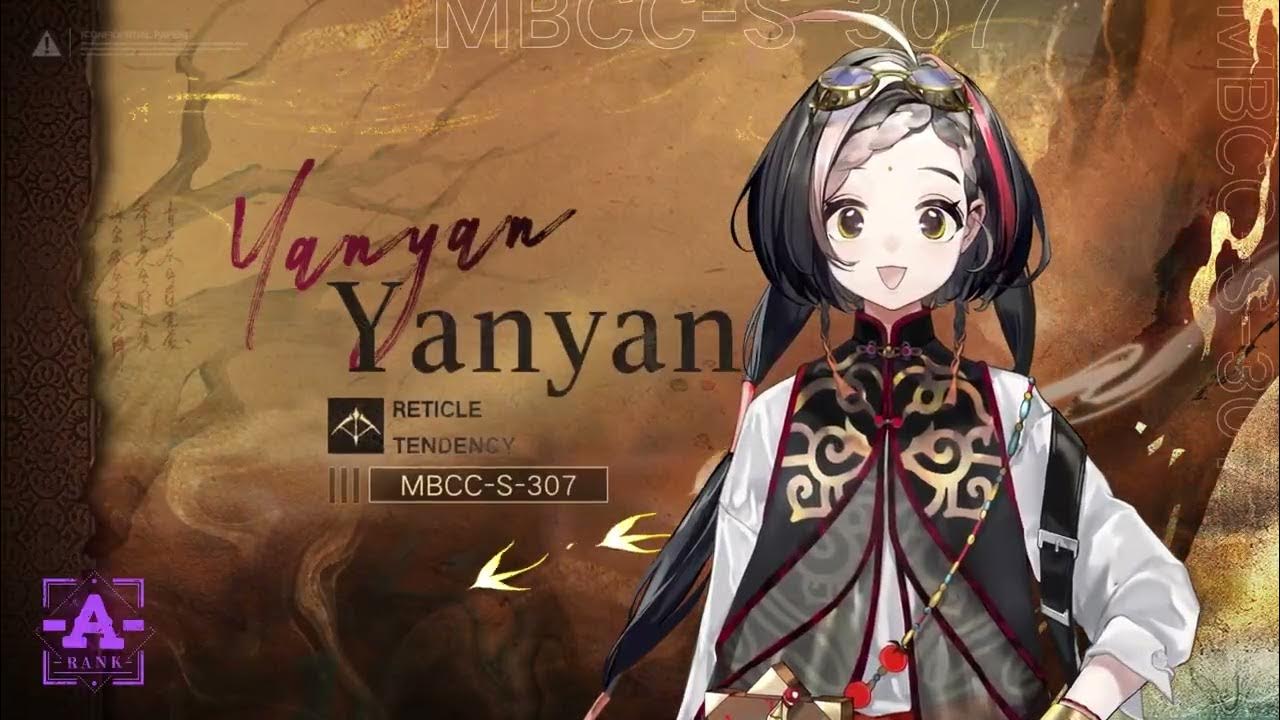

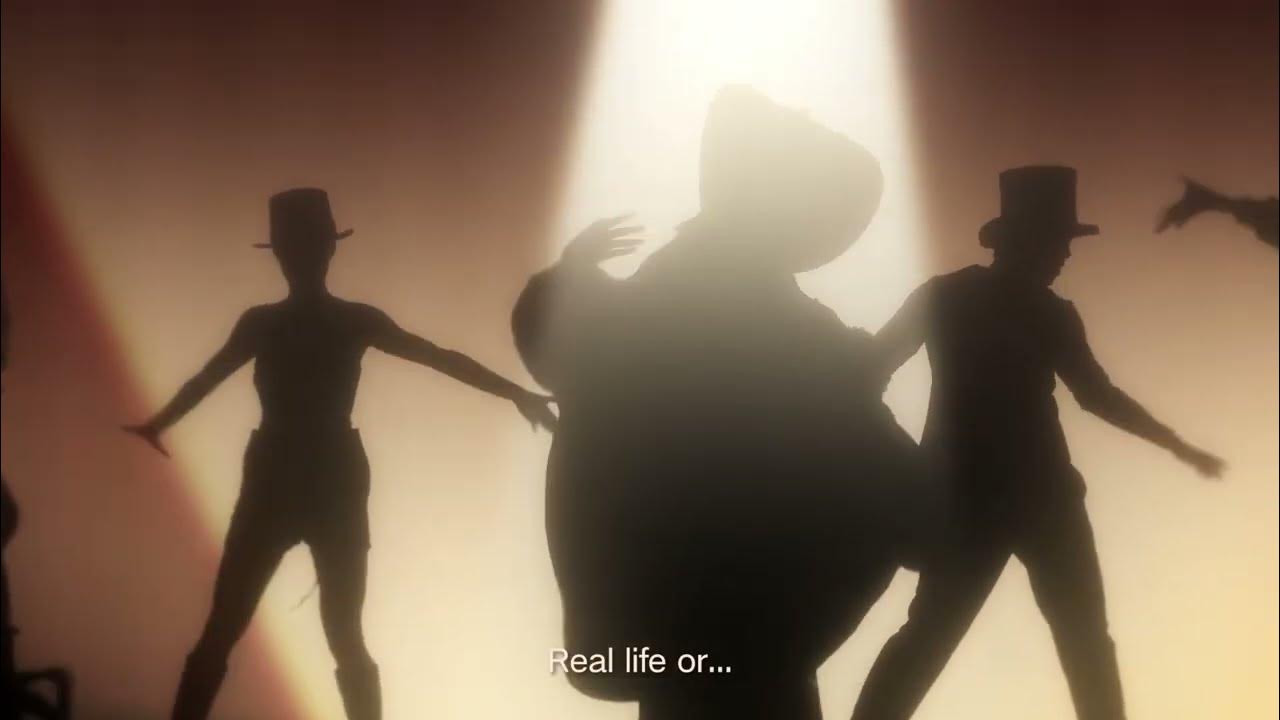
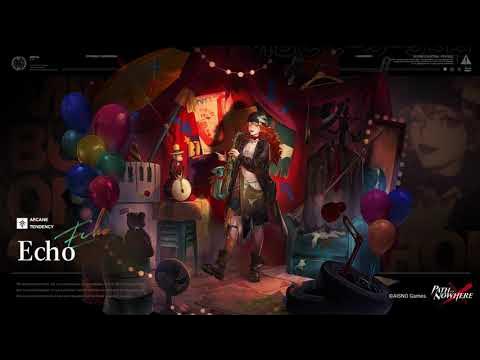
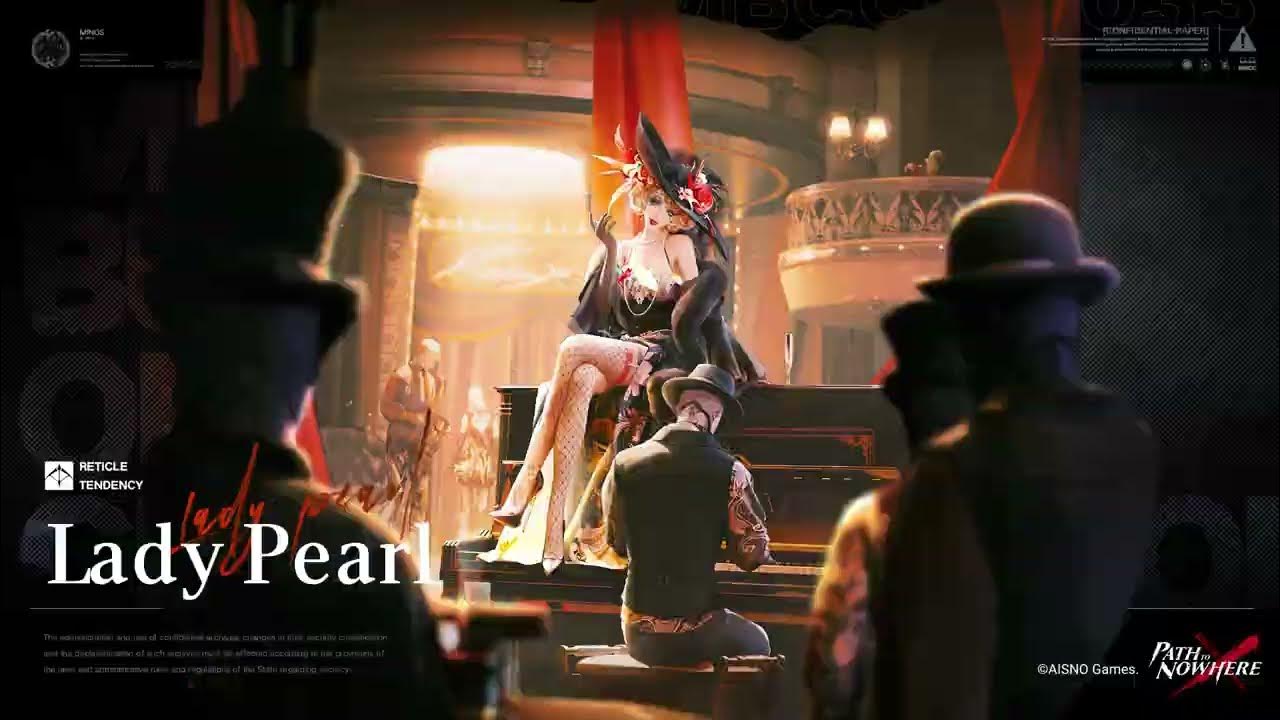
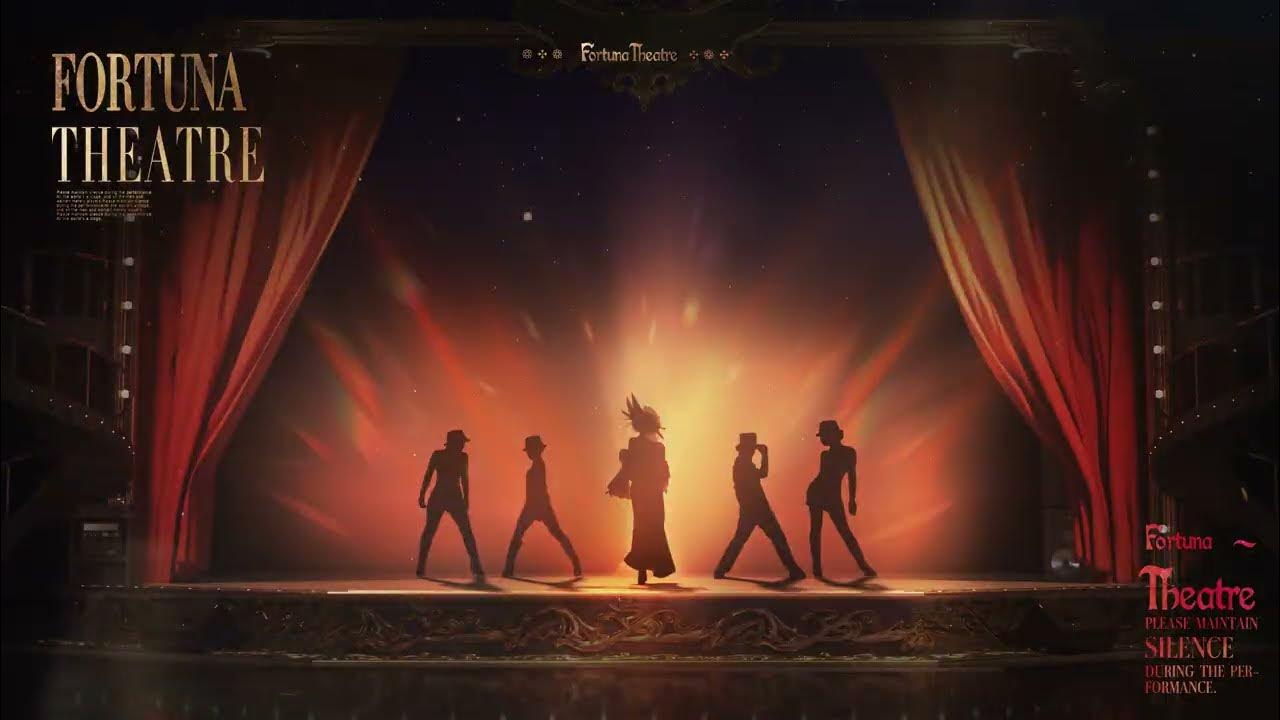
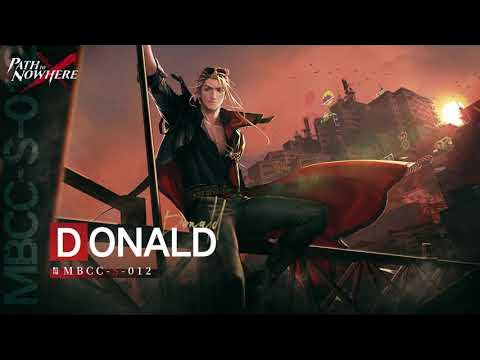
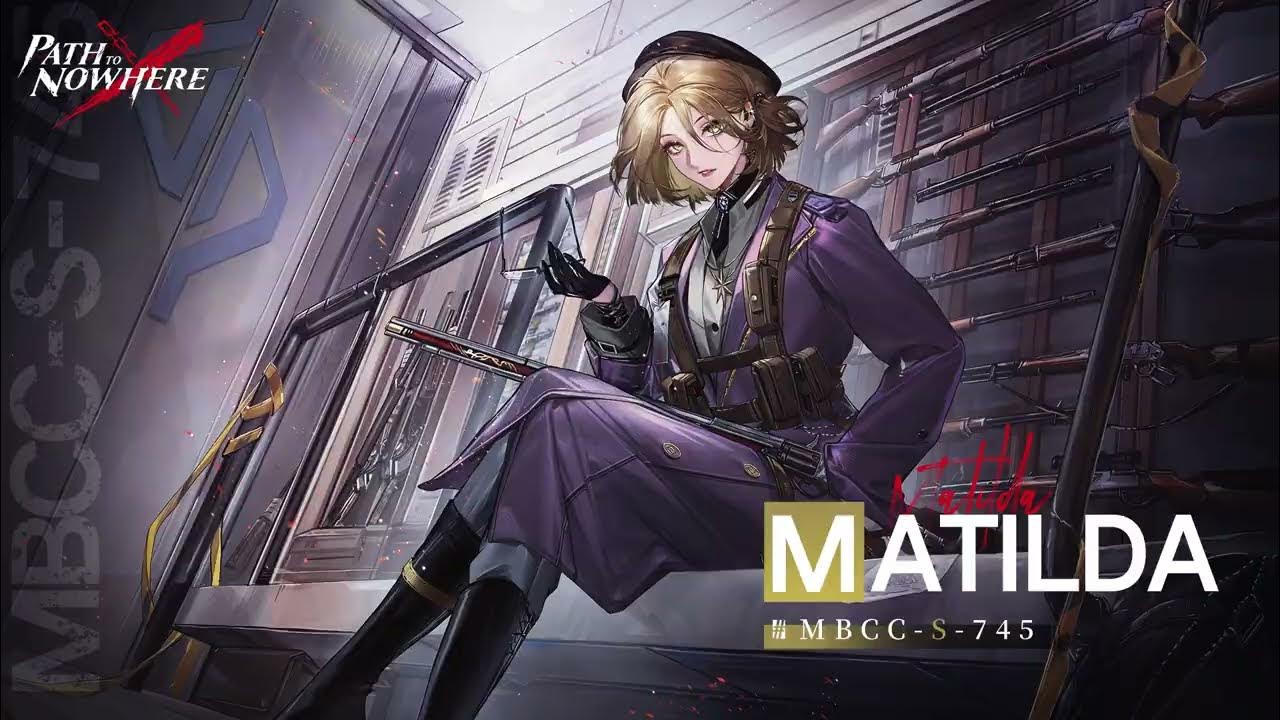
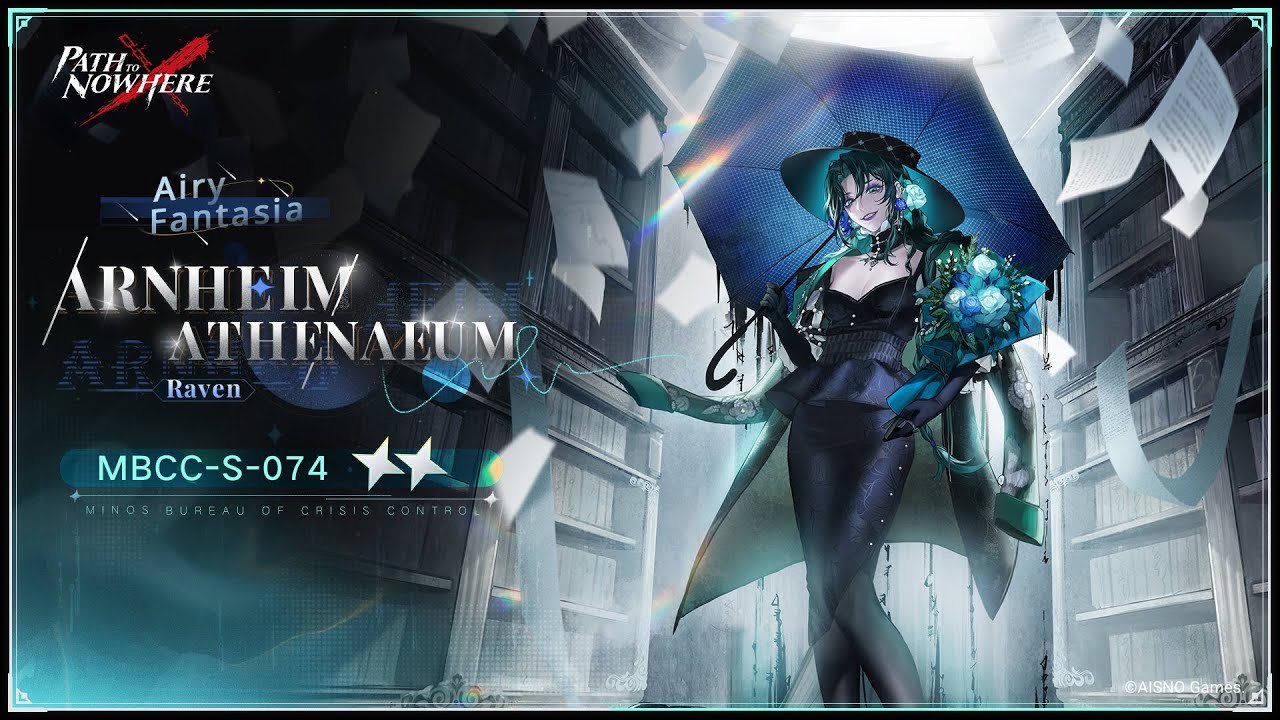
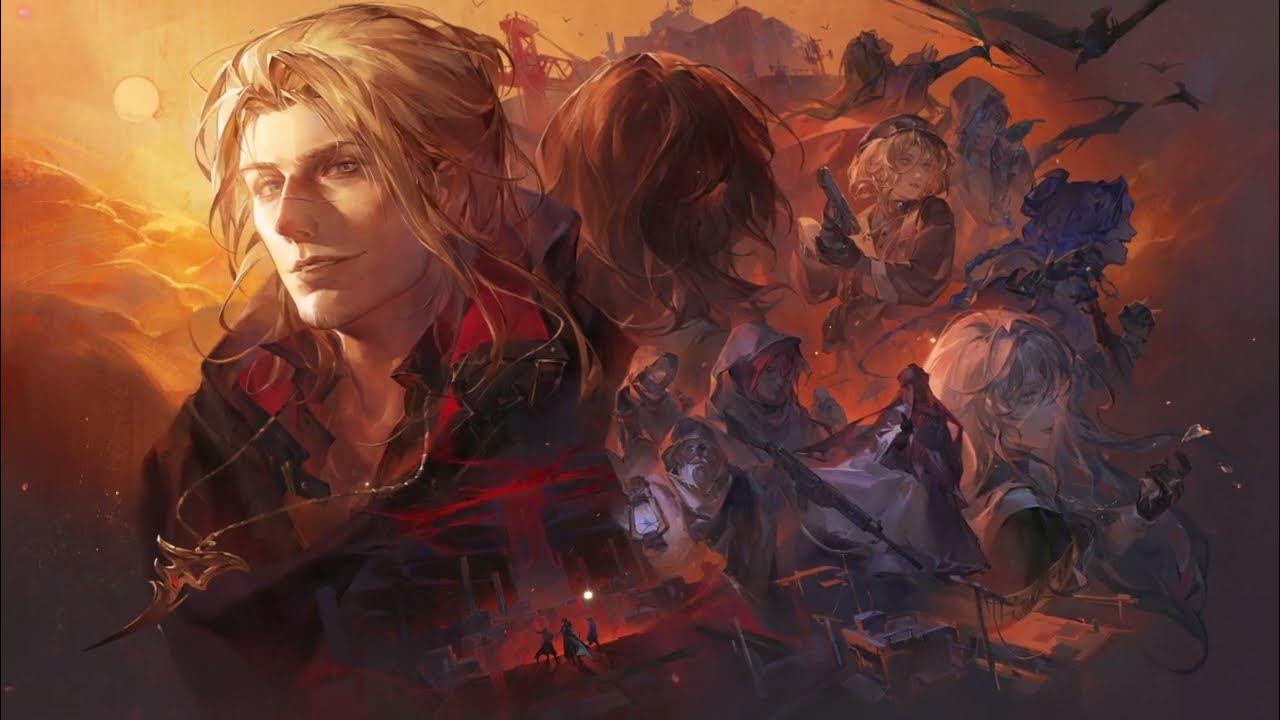
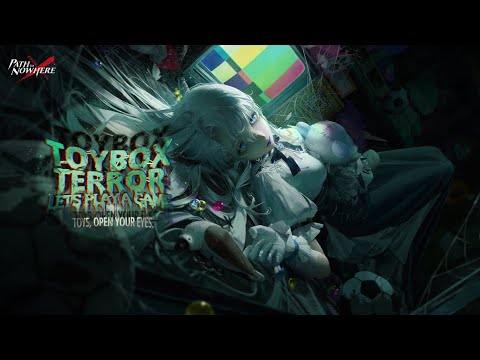
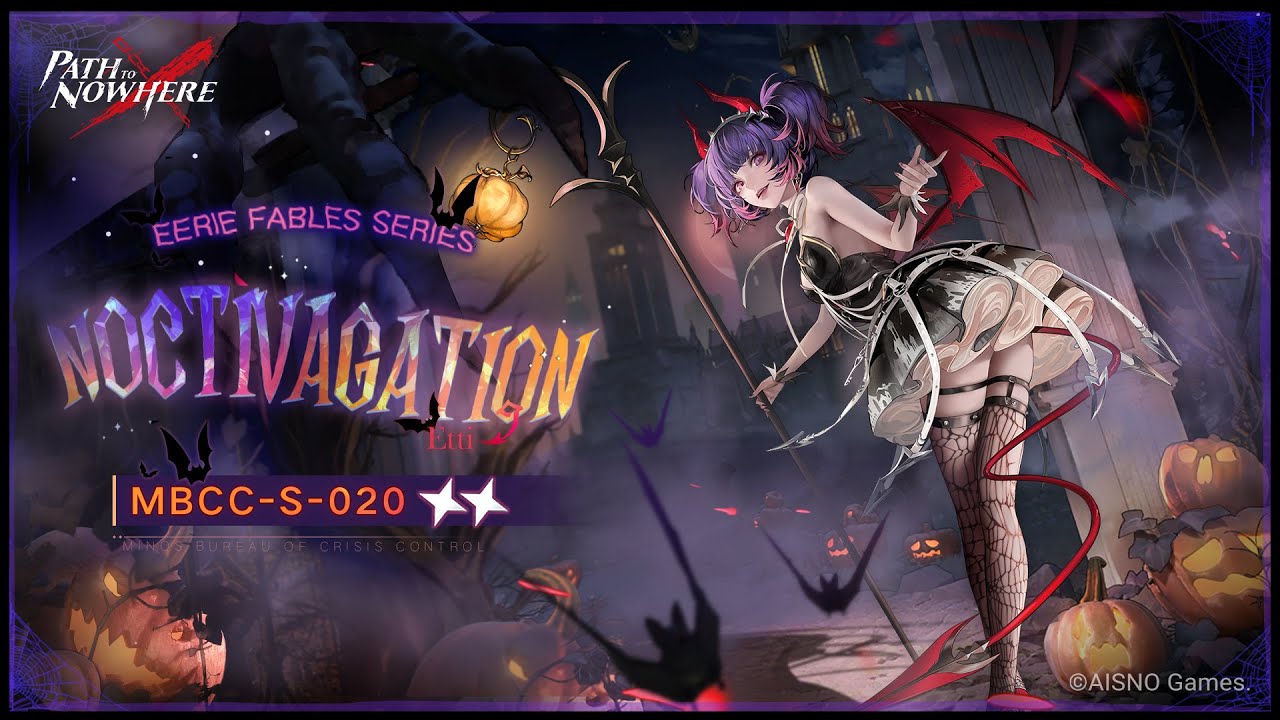

Then don’t fill in all that time? You can leave periods open or unmentioned, you don’t need details everywhere.
Depending on your depiction of Elves the effect is the same (provided the group is Elves) because they’re often predicted as just slower/more leisurely in their approach to life (although I’m not sure what you mean by the statement in the first place, because something being older than you intended doesn’t sound like an actual problem).
You could, yes. Here’s the thing: history doesn’t have to happen. You are the worldbuilder, you can easily say there was a long period of nothing at times, or a period where record-keeping gets mixed-up/distorted/unreliable (but earlier periods still manage to maintain their connection more readily, this has happened several times in real life if you care a lot about realism).
That seems entirely like a ‘you’ decision. There’s nothing here that sounds like a problem long-lived species caused. You could’ve easily just said empire B lasted longer or managed to revitalize itself temporarily (as the Roman empire did and the Byzantine empire did many, many times) or any other number of solutions like a golden age, a period of upheaval and warfare with another empire that empire B ultimately wins, or you could just leave the entire extra period of time unmentioned/undetailed. None of this seems relevant to long-lived species though, since as a long-lived species you can just drag out their periods of history (a good ruler will be a good ruler for a lot more years and their nation is more resistant to change just because people with the ability to change (or not change) things stick around longer). That would even be very realistic for a long-lived species.
Do you trust any old man you meet on the street? If an old WW2 veteran suddenly starts yelling about how he met Hitler and totally knows the names of every member of his administration (thereby potentially allowing you to hunt down some war criminals), do you just believe him at his word? For one, senility can affect Elves just as easily as any other race, and the effect would possibly be way worse given they can be senile for much, much longer. For two, Elves don’t necessarily have a better memory than Humans. As time marches on, their memories can distort, be forgotten, and fade. For three, hostility and lies exist. Even if your kingdom is egalitarian and mixed races, individuals have their agendas. The word of a person is extremely tenuous, and you could easily have Elves saying opposite things. One Elf says the hero is the heir to the kingdom, but also this Elf happens to be a close family friend and has been for generations. Another Elf says the hero is not the heir, but also this Elf happens to be the godfather of the person who would be king otherwise. You can include any number of Elves and just split them into factions because popularity is fallacious and not real evidence.
And, as an alternative point to your earlier point, Elves being around and supportive would mean the empire lasts longer. The conditions for major upheaval like a succession crisis would be rarer specifically because an Elf could be around to make sure there’s no issues, thus solving your issue of needing an empire C… or on the other hand an Elf could make things a lot worse if they liked and people trusted them. Elves don’t have to be good-intentioned.
And a fourth point, Elves may not care/notice at all. If the Elves are insular and live in the woods they’re extremely unlikely to bother remembering the Human king, after all he only lives like a scant 100 years at most so why even know his name? Barely an associate. Even if there’s good relations, Elves could easily see Humans as ‘all the same’ i.e. it doesn’t matter who’s in charge and they’ll just support the least-likely to cause problems (even if that happens to be the wrong heir or someone who would be bad for the humans).
I could probably think of a lot of other ways to solve these issues, but point is when worldbuilding you can solve a lot of problems with a lot of different solutions. Yes, you can just get rid of long-lived species if you like. You can also modify the world to match the fact near-immortals exist and I don’t think it’s that hard. It’s your decision, ultimately, but there’s a lot of ways to solve it.